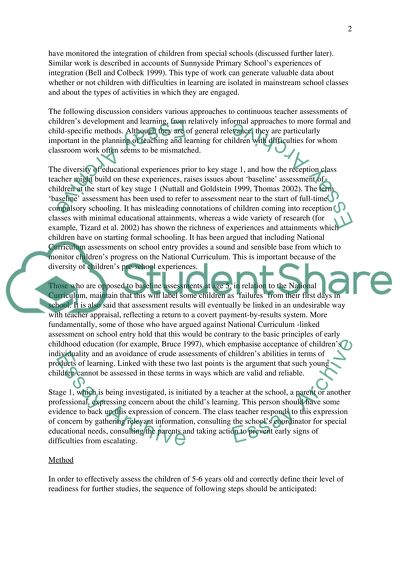Cite this document
(“Assessments of children starting formal schooling Essay”, n.d.)
Assessments of children starting formal schooling Essay. Retrieved from https://studentshare.org/education/1535572-assessments-of-children-starting-formal-schooling
Assessments of children starting formal schooling Essay. Retrieved from https://studentshare.org/education/1535572-assessments-of-children-starting-formal-schooling
(Assessments of Children Starting Formal Schooling Essay)
Assessments of Children Starting Formal Schooling Essay. https://studentshare.org/education/1535572-assessments-of-children-starting-formal-schooling.
Assessments of Children Starting Formal Schooling Essay. https://studentshare.org/education/1535572-assessments-of-children-starting-formal-schooling.
“Assessments of Children Starting Formal Schooling Essay”, n.d. https://studentshare.org/education/1535572-assessments-of-children-starting-formal-schooling.


